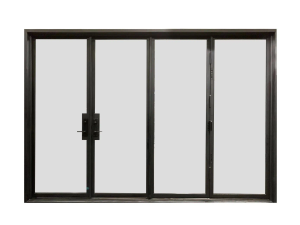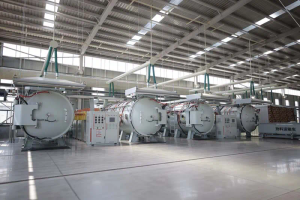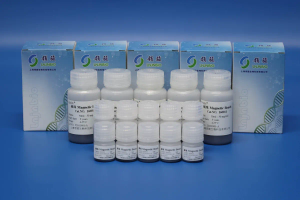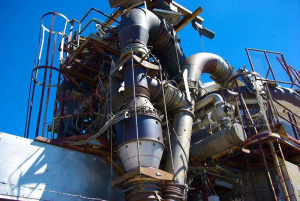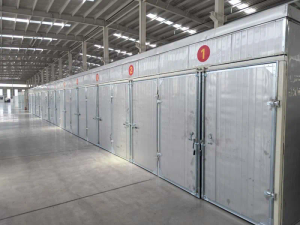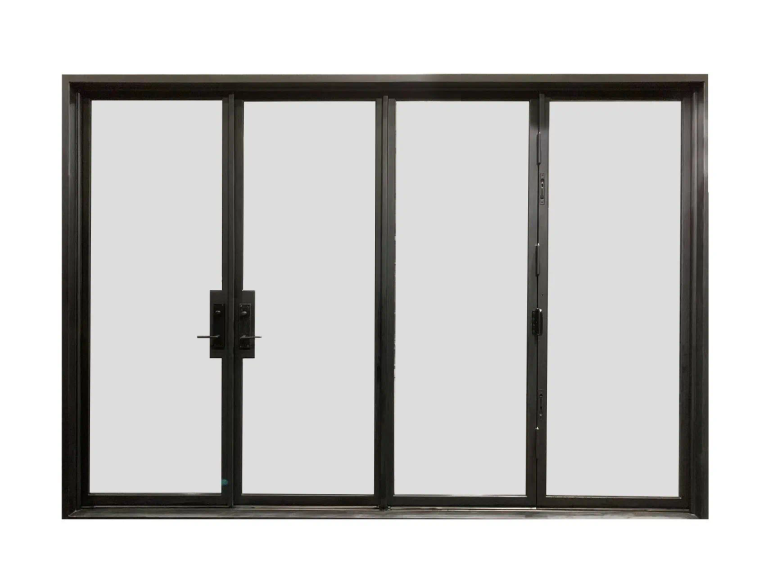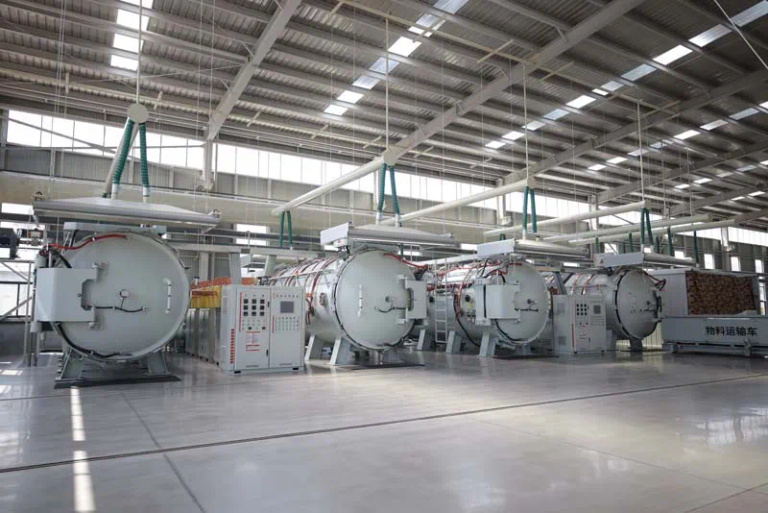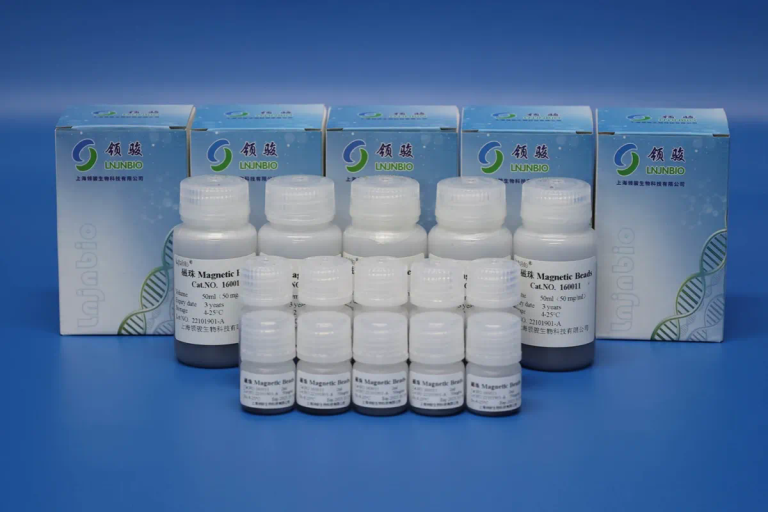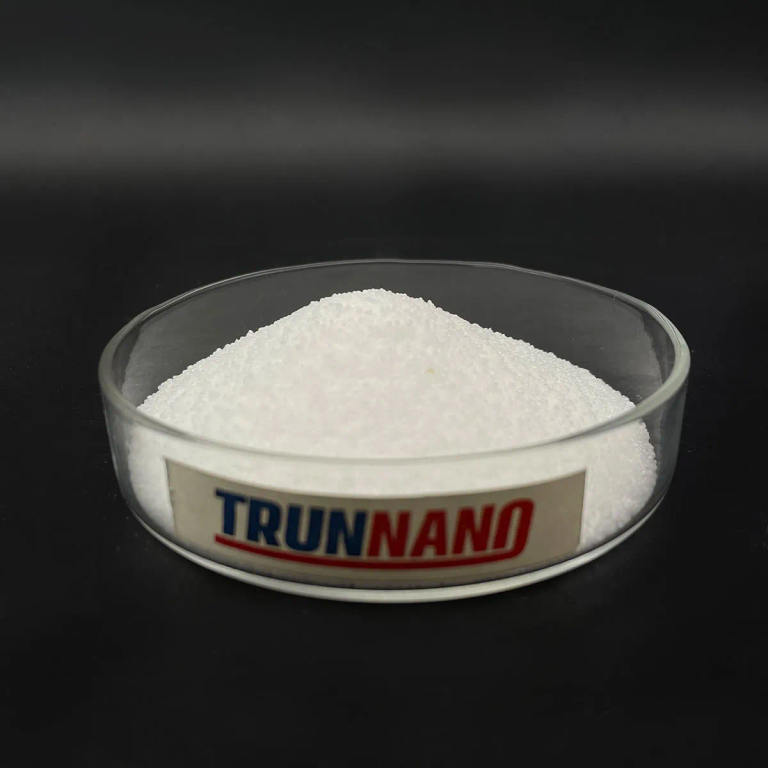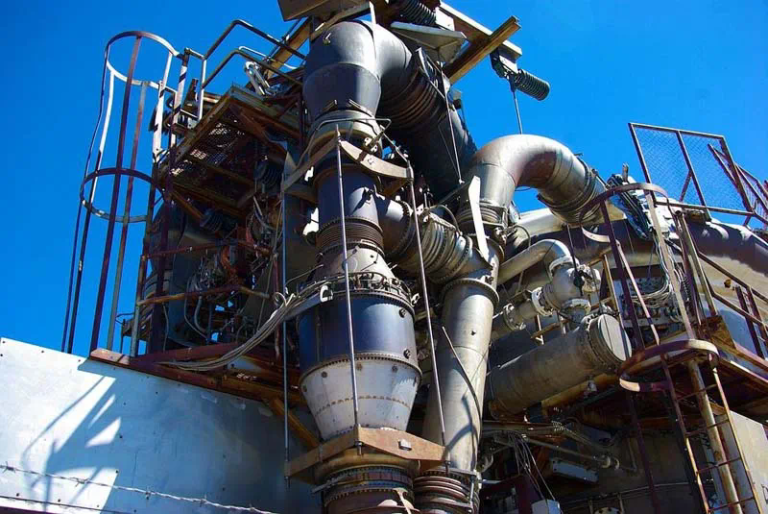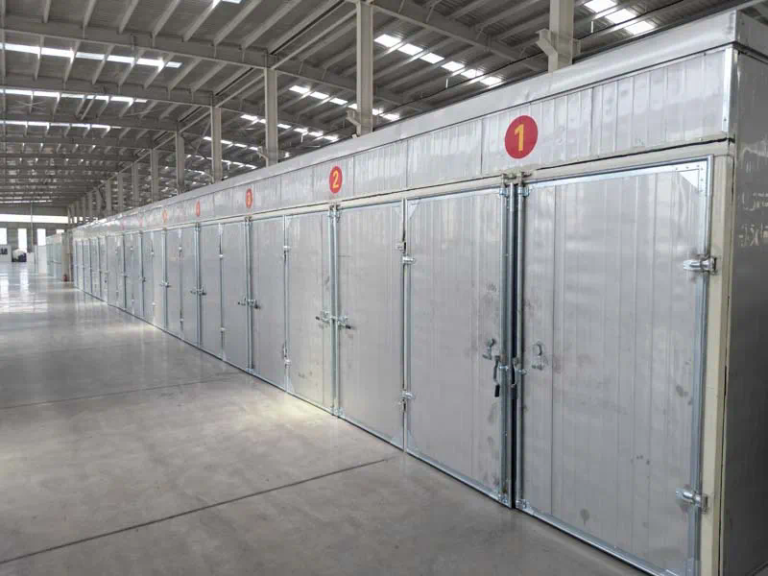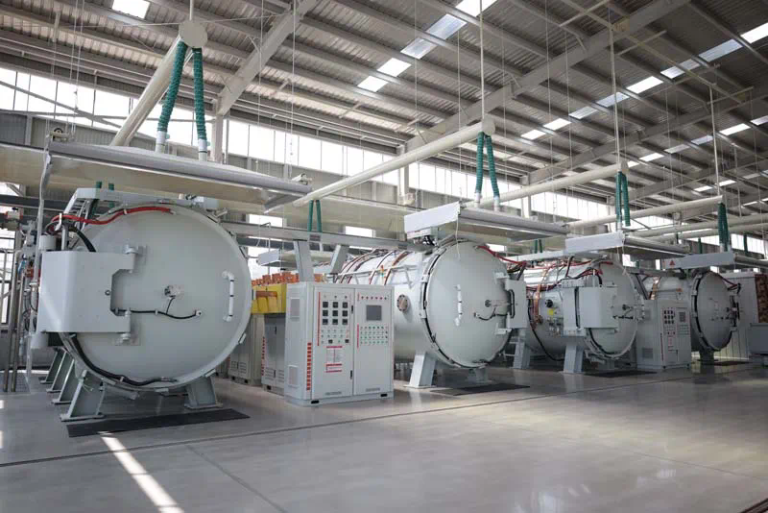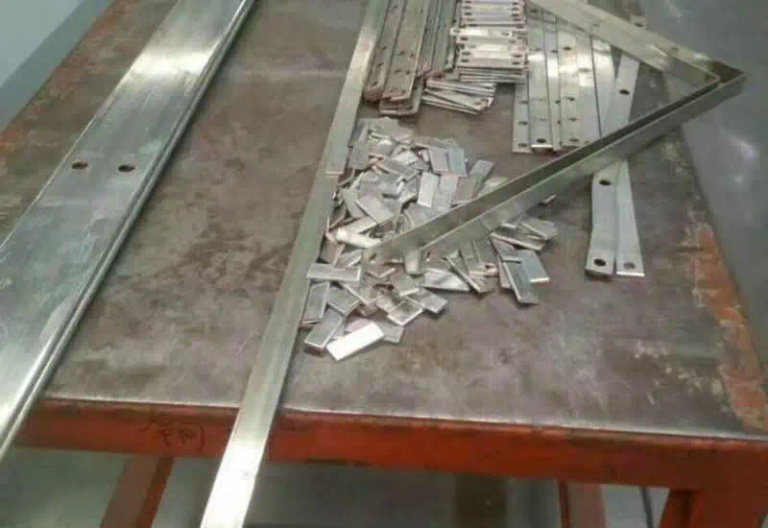In recent years, Five-axis CNC machining has become widely used in various industries due to its high precision and efficiency. However, ensuring the accuracy of the machining process is crucial for achieving optimal results. This article aims to explore the methods of detecting and adjusting the accuracy of Five-axis CNC machining.
Detection of Machining Accuracy
The first step in ensuring the accuracy of Five-axis CNC machining is to accurately detect any deviations or errors that may occur during the process. There are several methods available for this purpose, including geometric measurement, probing, and simulation-based analysis.
Geometric Measurement
Geometric measurement involves the use of precision measuring instruments to assess the dimensional accuracy of the machined workpiece. This can be done through techniques such as coordinate measuring machines (CMMs) and laser scanning. By comparing the measured dimensions with the desired specifications, any discrepancies can be identified and corrected.
Probing
Probing is another method commonly used to detect machining accuracy. It involves the use of touch probes or sensors attached to the machine tool to measure the position and orientation of the workpiece. By comparing the actual measurements with the programmed values, any deviations can be identified. Probing can also be used to detect errors in the cutting tools or workholding devices.
Simulation-Based Analysis
Simulation-based analysis involves the use of computer software to simulate the machining process and predict the accuracy of the final product. By inputting the machine parameters, tool paths, and workpiece specifications, the software can generate virtual models and analyze potential errors. This method allows for the optimization of the machining parameters to achieve higher accuracy.
Adjustment of Machining Accuracy
Once the deviations or errors have been detected, it is necessary to adjust the machining accuracy to ensure optimal results. There are several methods available for this purpose, including tool compensation, machine calibration, and feedback control.
Tool Compensation
Tool compensation involves adjusting the tool paths or tool offsets to compensate for any inaccuracies. By analyzing the detected errors, the tool paths can be modified to correct the dimensions or surface finishes. This method is particularly effective in cases where the errors are consistent and can be attributed to the cutting tool itself.
Machine Calibration
Machine calibration involves adjusting the machine parameters to improve its accuracy. This can be done through procedures such as axis alignment, backlash compensation, and geometric error correction. By calibrating the machine, its positioning accuracy and repeatability can be significantly improved, leading to higher machining accuracy.
Feedback Control
Feedback control involves continuously monitoring the machining process and making real-time adjustments to achieve the desired accuracy. This can be done through closed-loop control systems that use sensors and actuators to measure and correct any deviations. By constantly monitoring and adjusting the machining parameters, the accuracy can be maintained throughout the process.
Conclusion
In conclusion, ensuring the accuracy of Five-axis CNC machining is essential for achieving high-quality results. By accurately detecting and adjusting any deviations or errors, optimal accuracy can be achieved. Methods such as geometric measurement, probing, and simulation-based analysis can be used for detection, while tool compensation, machine calibration, and feedback control can be used for adjustment. Implementing these methods will contribute to the overall improvement of Five-axis CNC machining accuracy.
